|

On eBay Now...
Vintage 1897-1937 Kappa Delta Pi Fraternity Society John Price Jones (Harvard?) For Sale
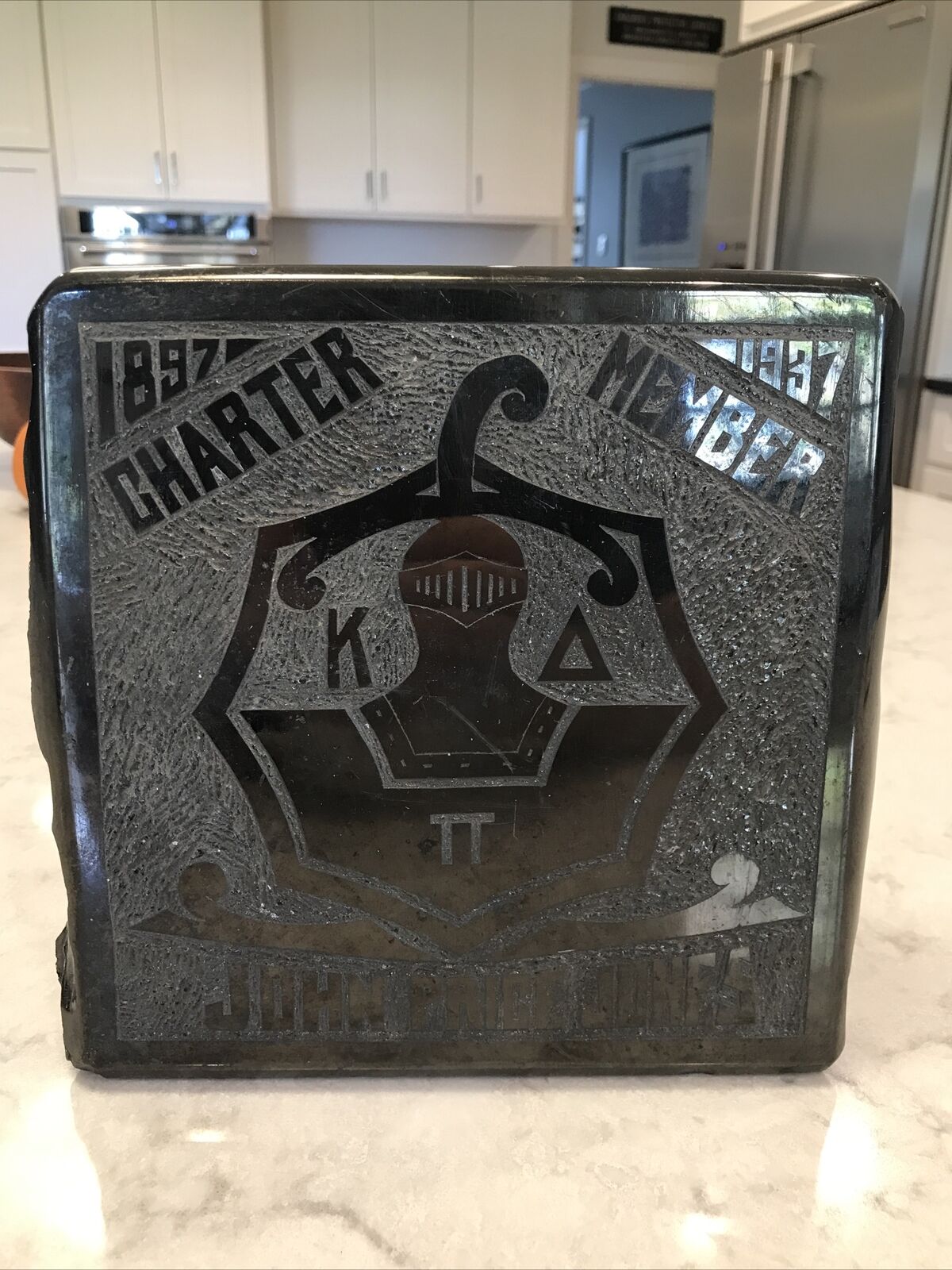
When you click on links to various merchants on this site and make a purchase, this can result in this site earning a commission. Affiliate programs and affiliations include, but are not limited to, the eBay Partner Network.

Vintage 1897-1937 Kappa Delta Pi Fraternity Society John Price Jones (Harvard?):
$650.00
Attention Fraternity collectors!
A unique fraternity collectible dated 1937. I am not sure the relationship that John Price Jones had with Kappa Delta Pi, but this monument type memento or trophy/plaque is marked Charter Member 1897-1937. It is possible that this is a now defunct Fraternity as I can\'t find any information on it. John Price Jones attended Harvard University but I am not sure if this is somehow tied to Harvard or not. He also attendedPhillips Exeter Academy and graduated in 1898. The founder date may tie this more to Exeter.
This monument is carved from some type of black shiny stone that has a finish like black granite/marble on the front. Back is left raw uncarved/polished and has a broken glass like finish. Some minor surface wear and small chips to the bottom front edge that does not affect the overall beauty and appearance of this one of a kind item (see photos).
A unique one of a kind Historical Collectible. (measure 8 inches wide and 8\" tall and ~3\" deep)
Below is information on John Price Jones as found in a newspaper article following his death (Dec 24, 1964).
John Price Jones, Fund‐Raiser Who Collected a Billion, Dead; Former Reporter Persuaded Harvard Alumni to Give Record $15 MillionJohn Price Jones, a coal miner\'s son who collected more than a billion dollars as a professional fund raiser, died yesterday morning at Friends Hospital in Philadelphia. He was 87 years old. Mr. Jones was a pioneer in applying expert techniques to fund‐raising campaigns and for several decades was one of the country\'s most famous fund raisers. He retired in 1955. He played prominent roles in fund ‐ raising drives in both world wars and headed three massive unemployment relief campaigns during the Depression. “Always remember in a fund‐raising job,” he once said, “if you have a cause that grips the heart, you will get the money.”
Mr. Jones, who was born in Latrobe, Pa., conducted his first successful fund ‐ raising campaign to send himself to school. He borrowed $150 from a neighborhood shopkeeper to round out his budget and entered Phillips Exeter Academy. He quickly repaid the loan by obtaining a number of jobs at the school. Mr. Jones was graduated from Phillips Exeter in 1898 and went on to Harvard, where he supported himself by serving as correspondent for a halfdozen newspapers. He was graduated with the class of 1902. Later, after he had conducted a record ‐ setting fund ‐ raising drive for Harvard and had become prominent in the fundraising field, the Harvard Alumni Bulletin wrote that the principles of large‐scale fundraising initiated by him “are now standard practice in the profession.” After graduation from Harvard he worked as a reporter for The New York Globe (190305), New York Press (1905‐12) and New York Sun (1912‐17). In 1917 he got a job with the H. K. McCann advertising agency as special adviser, and in a short time was “on loan” to the Liberty Loan Committee as assistant publicity director for nationwide fund‐raising campaigns during World War I. He was in charge of the news bureau, speakers bureau and special events in the campaign. He induced such screen and stage stars as Douglas Fairbanks, Mary Pickford and Lillian Russell to promote Liberty Bond sales. In 1919 he was appointed general manager of the Harvard Endowment Fund and raised $15 million, which at the time was the largest sum ever raised by an educational institution. After the successful Harvard drive he organized in New York the fund‐raising and public relations agency bearing his name. During the 1920\'s he introduced scientific techniques to the fund‐raising operation, providing a “Survey, Analysis and Plan” service to advise clients where and how to seek support. Mr. Jones once told a magazine writer that “personal solicitation is by far the best approach.” He was an expert at knowing how to compile mailing lists and in keeping up‐to‐date files on former donors. Stanley Frank, a writer, once described the Jones technique this way: “In the hands of a high‐powered expert such as John Price Jones, a mailing list can be made to play Mother Machree on a comb.” Mr. Jones combined well‐screened mailing lists with careful analysis of the campaign and direct solicitation of “preferred” and “select” donors who gave in the thousands. Besides Harvard the new Jones concern also conducted campaigns for five other Ivy League schools, for nine of the ten largest private institutions in the country, and for leading hospitals, health and welfare organizations. The Jones organization was established on Nassau Street at Printing House Square. A close friend, the poet Vachel Lindsay, convinced him that his full name John Price Jones was far more impressive in his fund‐raising efforts than John P. Jones. Mr. Jones\'s techniques over the year included rallies, parades, marching bands, and campaign appeals on milk bottles, utility bills and bank statements. The Jones agency in the 1920\'s began publishing an annual report of gifts to 50 representative colleges and universities, and this report has become one of the most widely commended indices of philanthropy. He was the author of a half dozen books on fund‐raising including “The Techniques to Win in Fund‐Raising” (1934) and “Gifts and Bequests to Colleges and Universities in Good Times and Bad Times” (1938). In addition he wrote “America Entangled” (1917) and was co‐author of “German Secret Service in America, 1914‐17.” In the latter he contended that the liner Lusitania had been decoyed off her course to its destruction by torpedo attack as a result of a forged wireless message. During the early 30\'s Mr. Jones headed the unemployment relief campaigns in New York land throughout the nation which raised $45 million in New York alone in a threeyear period. After the Government took over mass relief programs, Mr. Jones raised additional millions by aiding private agencies concerned with family problems not easily solved through Government programs. In this program more than $8.5 million was raised through the Citizens Family Welfare Committee. The Jones agency said its fund raising principles had been adopted by the American Cancer Society, the New York United Hospital Fund, the Greater New York Fund and other large national organizations. The Saturday Evening Post in a 1946 article said that Mr. Jones charged a flat fee, ranging from one half of one per cent to 1.5 per cent of the total collected. During World War II the Jones concern was prominent in United Service Organizations, Red Cross and National War Fund and war bond drives. By the 1950\'s Mr. Jones was spending more time on his farm at Pineville, Bucks County, Pa., but still commuted to New York. The agency later was moved to 30 East 42d Street, its present location. Mr. Jones sold control of it in 1955 to Charles A. Anger, a director of company and now its board chairman and chief executive officer. Mr. Jones built up a library on philanthropy and fund‐raising, which he considered to be the largest in existence, and the agency in 1956 donated about half of it to Harvard University for use by students of philanthropic finance. He was a member of the Wall Street and Harvard Clubs, the Union League and Down Town Association. New York alumni of the Phillips Exeter Academy established a scholarship in his name for boys of limited means to attend that school. On his 80th birthday fellow workers gave him this tribute: “This is the man who did the hard work, the work of building up a new profession, who trained and nurtured more men and more companies of men in this new profession than any other teacher, the man who has developed among business and civic leaders a greater sense of responsibility for giving, for leadership and for public service than they had had before.” Mr. Jones is survived by his widow, the former Frieda B. Suppese. They had no children.A funeral service will be conducted Monday at 11 A.M. in St. Mark\'s Episcopal Church in Johnstown, Pa.

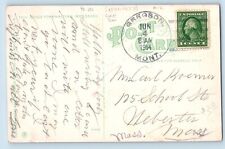
DPO (1897-1937) Gregson Montana MT Postcard Park Street Mines Rockies Ghost Town $39.95
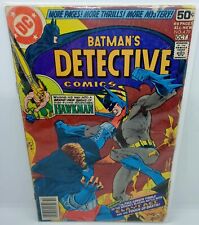
Vintage Detective Comics # 479 Marshall Rogers Art Cover (DC Comics) 1st Print🔥 $29.99
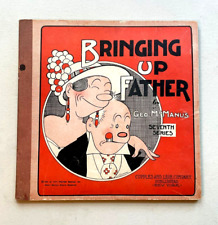
VINTAGE Bringing Up Father #7 (1923 Cupples Co) VG/FINE by McManus, High grade $95.00

Lot Of 44 Comics Appraised At Over $200 Vintage Comics From the 1900’s $125.00

Vintage 1897-1937 Kappa Delta Pi Fraternity Society John Price Jones (Harvard?) $650.00
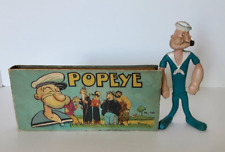
The Adventures Popeye Vintage 1934 Comic Book Strip No. 1051 $28.00
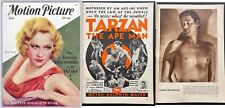
MOTION PICTURE Magazine - 1st TARZAN The APE MAN - April, 1932 $129.99
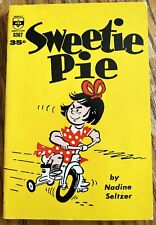
Vintage SWEETIE PIE Book 1961 Comic Strip NOS Never READ MINT Softcover Book NEW $28.56
|